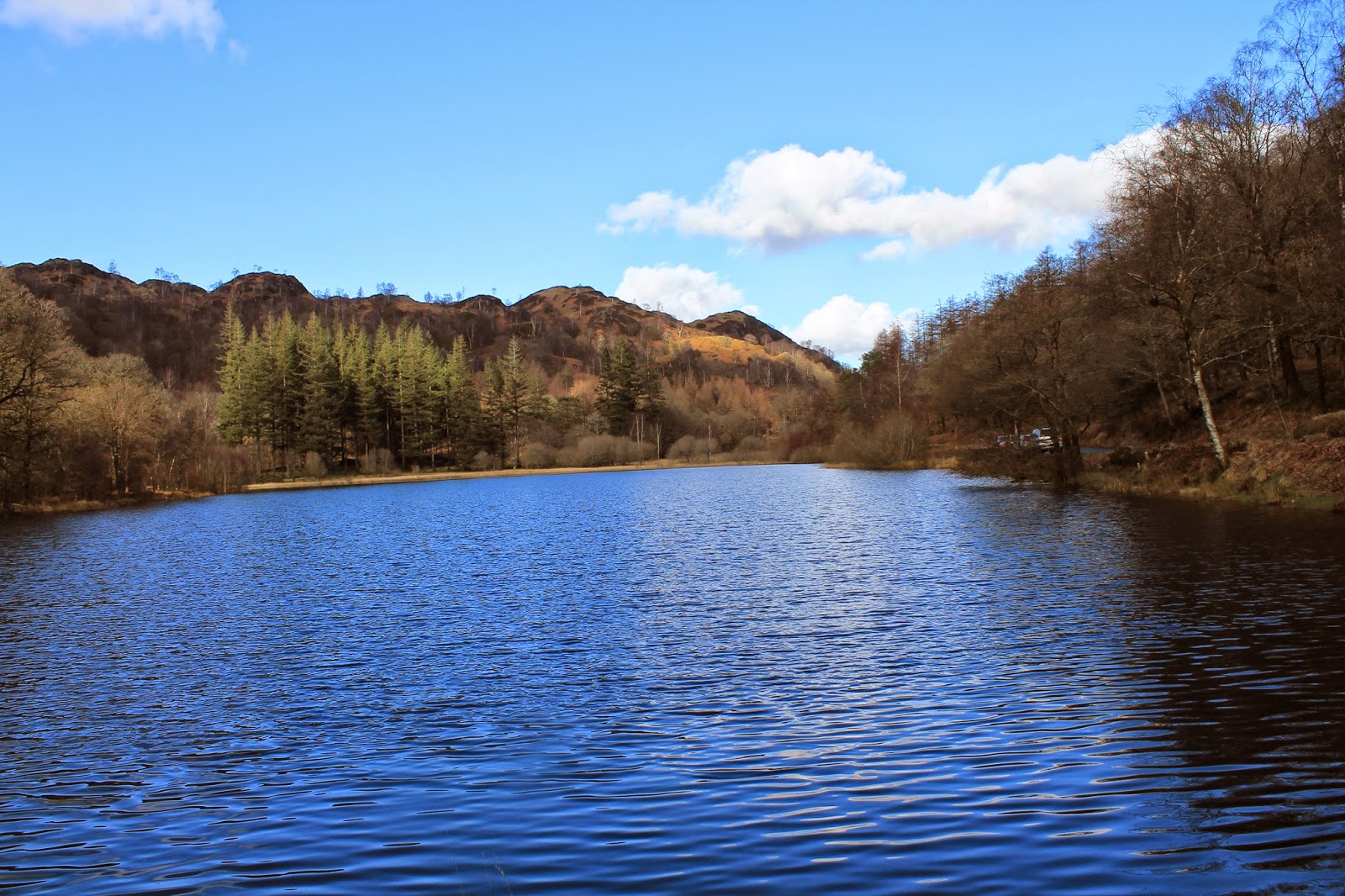The wall around the clock tower has a plaque which tells the history behind the Clock Tower. Travelling about 250 miles south and
a larger, and much more famous clock tower is Big Ben in London whose chimes first rang out in July 1895. The building in the foreground is Westminster Hall, the oldest building of Parliament being built in 1097 and an appropriate place for the statue of Oliver Cromwell head of the Parliamentary forces in the 17th Century English Civil War and ultimately head of the government. To climb the 399 steps of Big Ben and see the clock workings and the view the only way is to contact your local Member of Parliament to be able to join a tour although there is a long waiting list open only to UK residents.But this Clock Tower despite having what looks like a wonderful viewing platform at the top isn't open at all. Built in 1938-9 and inspired by Hilversum Town Hall in the Netherlands it was originally Greenwich Town Hall (today it is now business offices) and is called Meridian House for the Greenwich Meridian line is just a short walk away.
An entry to ABC Wednesday, a journey through the alphabet this week sojourning at C here



 r
r.jpg)




















